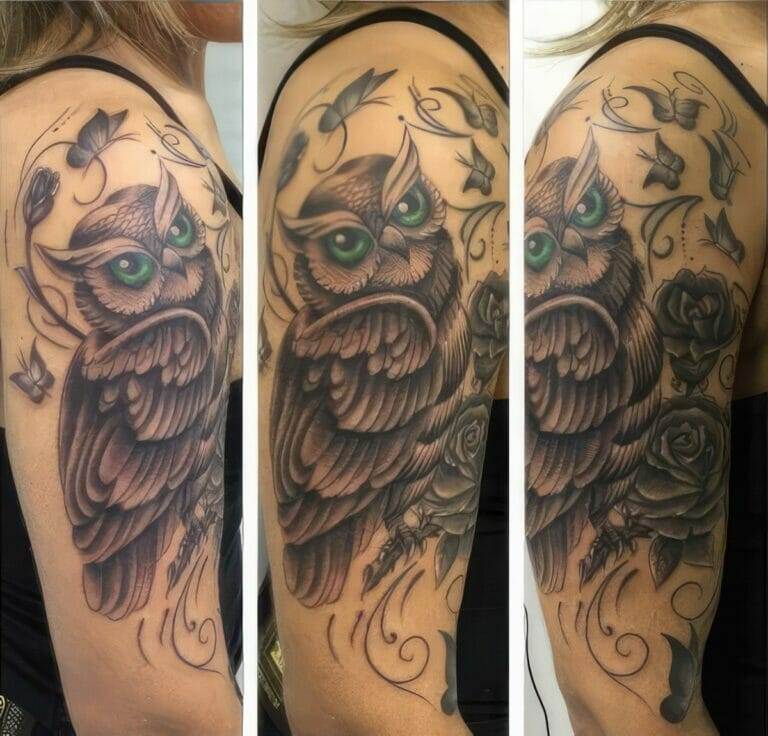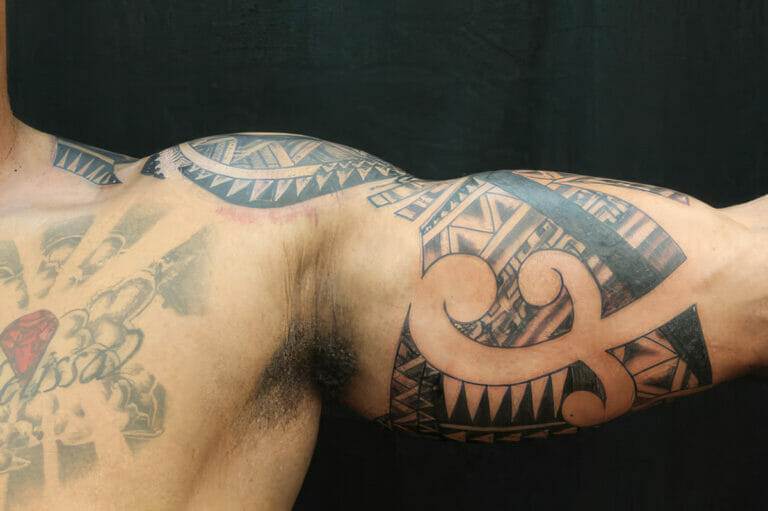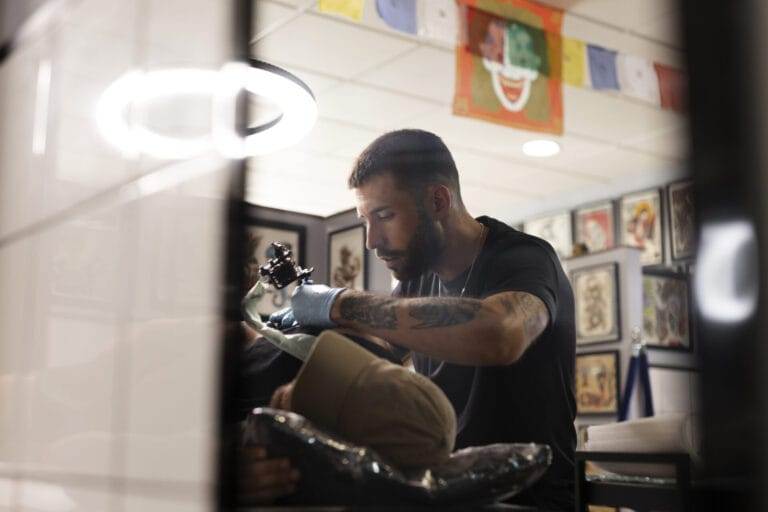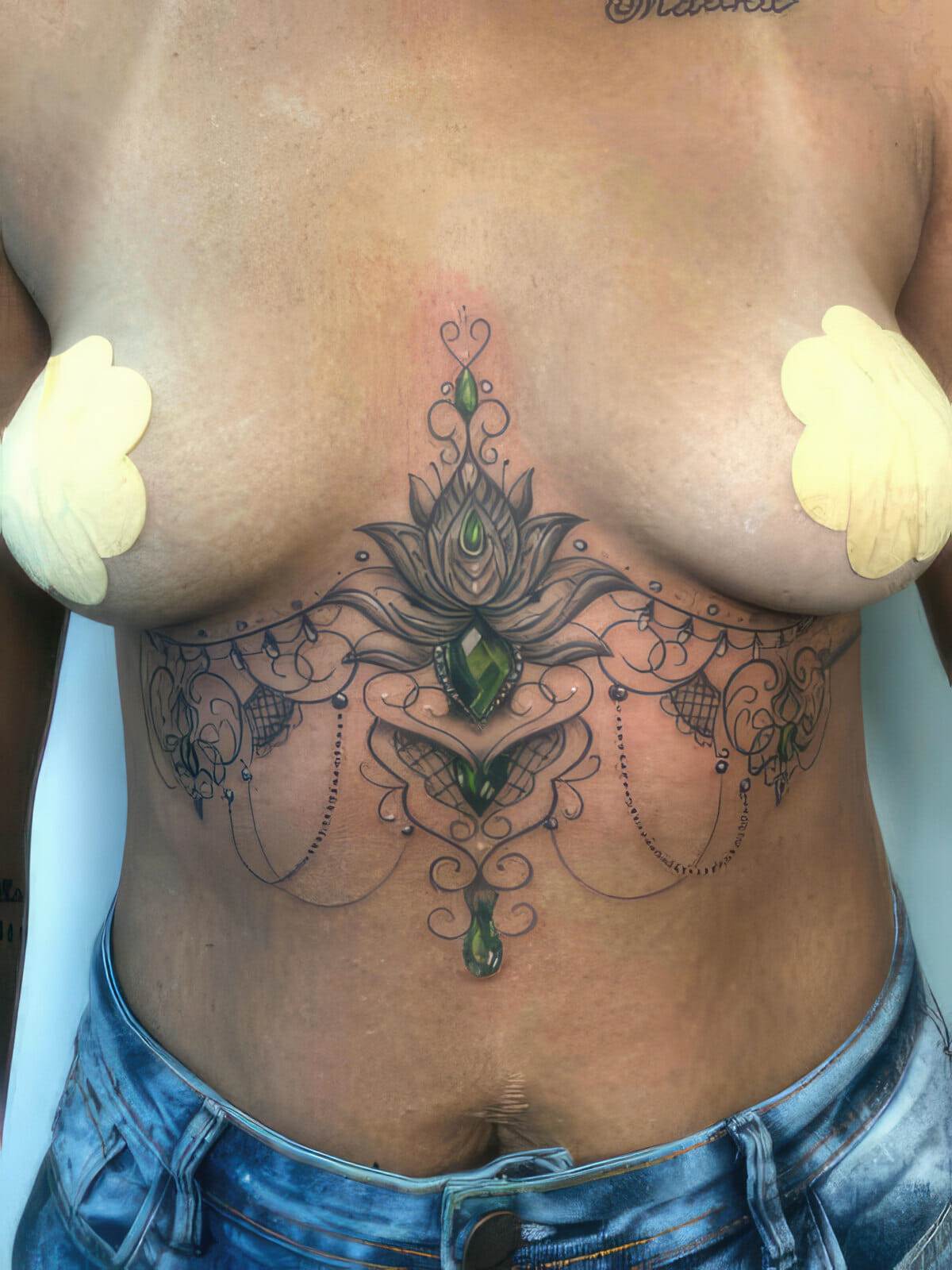
Rib cage tattoos have gained immense popularity in recent years, becoming a favored choice for individuals seeking to express their identity through body art. The rib cage area offers a unique canvas that can accommodate a variety of designs, from intricate patterns to bold statements. This location is particularly appealing due to its ability to be easily concealed or displayed, depending on the wearer’s preference.
The allure of rib cage tattoos lies not only in their aesthetic appeal but also in the personal significance they often carry for those who choose to adorn this part of their body. The rib cage is a prominent area that can enhance the overall visual impact of a tattoo. The natural contours of the ribs allow for dynamic designs that can flow with the body’s shape, creating a stunning visual effect.
Additionally, rib cage tattoos can serve as a form of self-expression, allowing individuals to showcase their beliefs, experiences, or artistic tastes. Whether it’s a delicate floral design, an elaborate mandala, or a meaningful quote, rib cage tattoos can encapsulate personal stories and emotions, making them a powerful form of art.
Key Takeaways
- Rib cage tattoos are a popular choice for those looking for a unique and discreet placement for their body art.
- When designing a rib cage tattoo, it’s important to consider the natural curves and contours of the body for a flattering and cohesive design.
- Pain management for rib cage tattoos can be challenging, but techniques such as deep breathing and numbing creams can help alleviate discomfort.
- Choosing the right tattoo artist for a rib cage tattoo is crucial, as this area requires precision and experience to ensure a successful outcome.
- Aftercare for rib cage tattoos is essential for proper healing, including keeping the area clean and moisturized to prevent infection and promote healing.
Design Considerations for Rib Cage Tattoos
When contemplating a rib cage tattoo, one of the first considerations is the design itself. The size and complexity of the tattoo should align with the individual’s vision and pain tolerance. Larger designs can create a striking visual impact but may require more time and sessions to complete.
Conversely, smaller tattoos can be just as meaningful and may be less daunting for those new to body art. It’s essential to think about how the design will flow with the natural lines of the body, as this can enhance the overall aesthetic. Color is another critical aspect to consider when designing a rib cage tattoo.
While black and gray tattoos are timeless and can convey depth and detail, vibrant colors can add an element of liveliness and personality. The choice between color and monochrome should reflect the individual’s style and the message they wish to convey through their tattoo. Additionally, it’s important to consider how the tattoo will age over time; certain colors may fade more quickly than others, which could affect the longevity of the design.
Pain Management for Rib Cage Tattoos
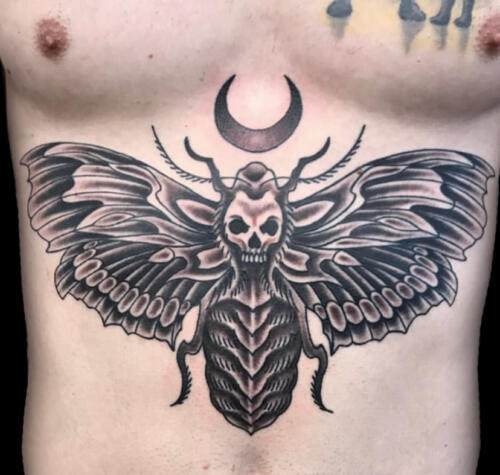
Pain management is a significant concern for anyone considering a rib cage tattoo. The rib cage is known for being one of the more painful areas to tattoo due to its proximity to bone and the thinness of skin in that region. Understanding this aspect can help individuals prepare mentally and physically for the experience.
Many people report varying levels of discomfort during the tattooing process, with some areas being more sensitive than others. It’s crucial to approach this experience with realistic expectations regarding pain. To mitigate discomfort, individuals can explore various pain management techniques before and during their tattoo session.
Some opt for topical numbing creams that can be applied prior to the appointment, while others may choose to practice deep breathing or meditation techniques to help manage anxiety and pain during the process. Staying hydrated and well-rested leading up to the appointment can also contribute to a more comfortable experience. Ultimately, being informed about what to expect can empower individuals to navigate the pain associated with rib cage tattoos more effectively.
Choosing the Right Tattoo Artist for Rib Cage Tattoos
Selecting the right tattoo artist is paramount when it comes to rib cage tattoos. The artist’s skill level, style, and experience with this specific area of the body can significantly influence the outcome of the tattoo. It’s essential to conduct thorough research by reviewing portfolios and seeking recommendations from friends or online communities.
An artist who specializes in intricate designs or has experience with rib cage tattoos will likely have a better understanding of how to work with the contours of the body. Communication with the tattoo artist is equally important. A good artist will take the time to understand the client’s vision and provide input on design elements that may work best for the rib cage area.
This collaborative approach ensures that both parties are aligned on expectations and outcomes. Additionally, discussing any concerns about pain or aftercare with the artist can help build trust and confidence in their abilities, making for a more positive tattooing experience.
Aftercare for Rib Cage Tattoos
Proper aftercare is crucial for ensuring that rib cage tattoos heal well and maintain their vibrancy over time. After leaving the studio, it’s essential to follow specific guidelines to promote healing and prevent infection. Initially, keeping the tattoo covered with a sterile bandage for a few hours is recommended to protect it from bacteria and external irritants.
Once it’s safe to remove the bandage, gently washing the area with mild soap and water is vital to keep it clean. Moisturizing is another key component of aftercare. Applying a fragrance-free lotion or specialized tattoo aftercare ointment helps keep the skin hydrated and promotes healing.
It’s important to avoid picking at scabs or peeling skin, as this can lead to scarring or color loss in the tattoo. Additionally, protecting the tattoo from direct sunlight during the healing process is essential; UV rays can cause fading and irritation. Following these aftercare steps diligently will help ensure that the rib cage tattoo looks its best for years to come.
Potential Risks and Complications of Rib Cage Tattoos
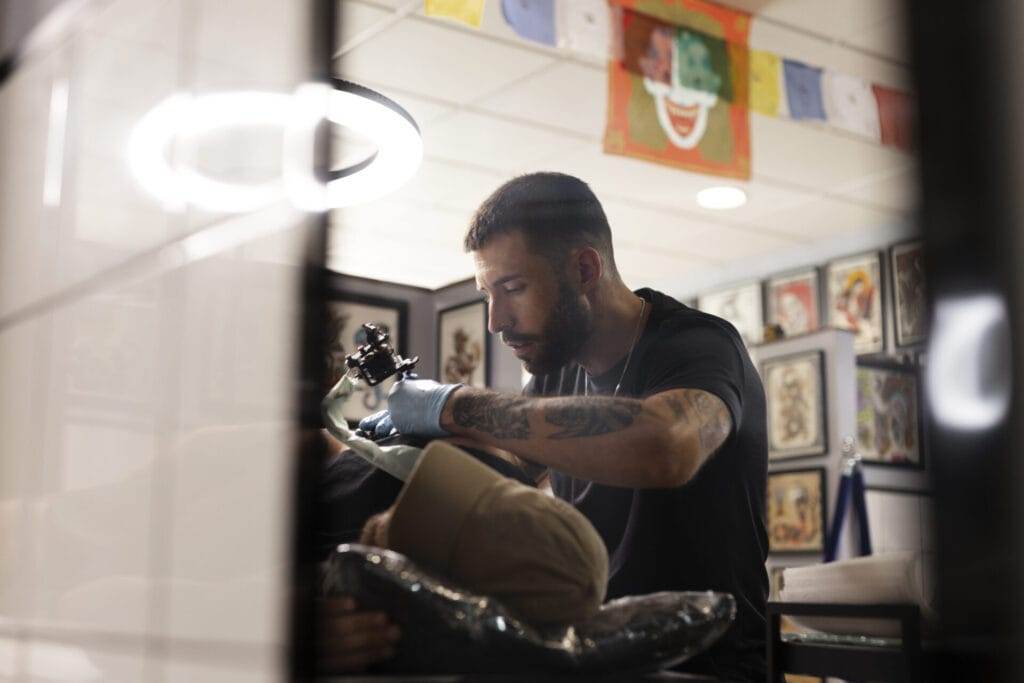
Like any form of body art, rib cage tattoos come with potential risks and complications that individuals should be aware of before proceeding. One of the most common concerns is infection, which can occur if proper hygiene practices are not followed during both the tattooing process and aftercare. Signs of infection include increased redness, swelling, pus discharge, or fever; if any of these symptoms arise, seeking medical attention promptly is crucial.
Allergic reactions are another risk associated with tattoos, particularly concerning ink ingredients. Some individuals may develop sensitivities or allergies to certain pigments used in tattoo ink, leading to rashes or other skin irritations. It’s advisable for individuals with known allergies or sensitive skin to discuss these concerns with their tattoo artist beforehand.
Additionally, keloids—raised scars that form at the site of an injury—can occur in some individuals after getting a tattoo, particularly in areas like the rib cage where skin tension may be higher.
Tips for Managing Discomfort During Rib Cage Tattooing
Managing discomfort during a rib cage tattoo session is essential for ensuring a positive experience. One effective strategy is to communicate openly with the tattoo artist about pain levels throughout the process. If certain areas become too uncomfortable, discussing breaks or adjusting techniques can help alleviate some discomfort.
Many artists are understanding and willing to accommodate clients’ needs during sessions. Another helpful tip is to bring distractions along for the ride. Listening to music or podcasts through headphones can provide an escape from the sensations associated with tattooing.
Engaging in light conversation with friends or family members who accompany you can also serve as a distraction from any discomfort experienced during the session. Ultimately, finding ways to stay relaxed and focused on something other than pain can significantly enhance the overall experience.
Conclusion and Final Considerations for Rib Cage Tattoos
In conclusion, rib cage tattoos offer a unique opportunity for self-expression through body art while presenting specific considerations that potential wearers should keep in mind. From design choices and pain management strategies to aftercare practices and potential risks, being well-informed can lead to a more satisfying experience overall. The rib cage area provides an excellent canvas for intricate designs that can hold deep personal meaning, making it an appealing choice for many individuals.
As you embark on your journey toward getting a rib cage tattoo, take time to reflect on your design choices and ensure you are comfortable with your selected artist. Remember that this process is not just about aesthetics; it’s also about personal significance and self-expression. By approaching your rib cage tattoo thoughtfully and responsibly, you can create a lasting piece of art that resonates with you for years to come.
FAQs
What are rib cage tattoos?
Rib cage tattoos are tattoos that are placed on the rib cage area of the body. This area is known for being a more painful location for tattoos due to the proximity of the bone and the thin layer of skin.
What are some design considerations for rib cage tattoos?
When considering a rib cage tattoo, it’s important to choose a design that complements the natural curves of the body. Designs that flow with the shape of the rib cage tend to look the best. Additionally, considering the size and placement of the tattoo is important for achieving the desired aesthetic.
How painful are rib cage tattoos?
Rib cage tattoos are known to be more painful than tattoos in other areas of the body. This is due to the proximity of the bone and the thin layer of skin in the rib cage area. The pain level can vary from person to person, but it is generally considered to be a more sensitive area for tattooing.
What are some pain management techniques for rib cage tattoos?
Some pain management techniques for rib cage tattoos include taking over-the-counter pain medication before the tattoo session, using numbing creams or sprays, and practicing deep breathing or meditation during the tattooing process. It’s important to discuss pain management options with a professional tattoo artist before the session.
Are there any risks or considerations specific to rib cage tattoos?
One consideration for rib cage tattoos is the potential for the design to stretch or distort if the body undergoes significant changes in weight. Additionally, the rib cage area may be more prone to infection due to the thin layer of skin and the proximity to the bone. It’s important to follow proper aftercare instructions and keep the tattoo clean to minimize these risks.


